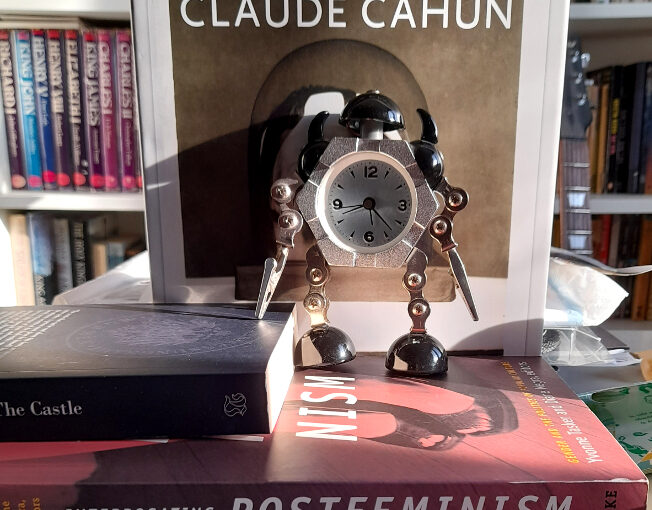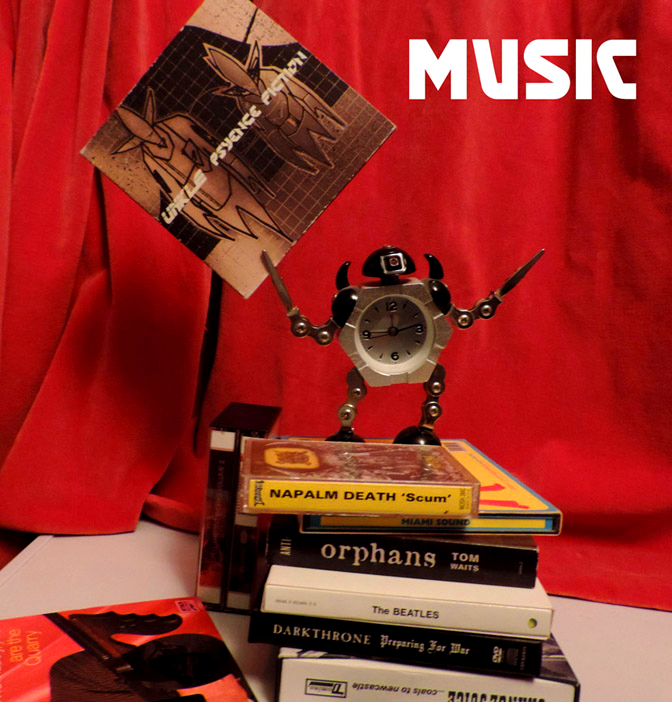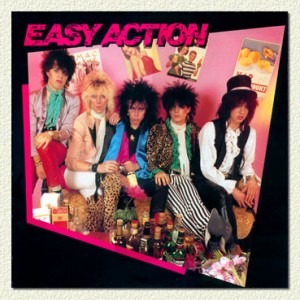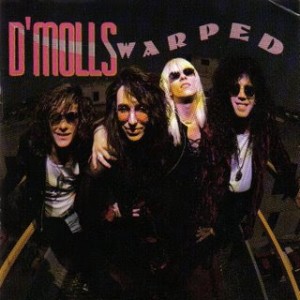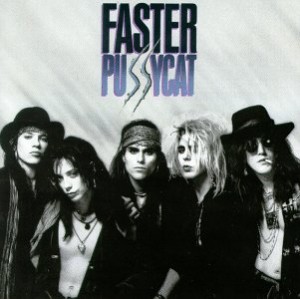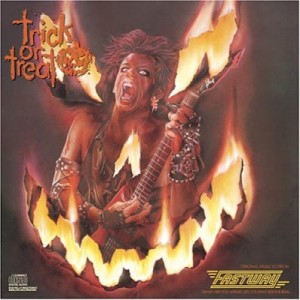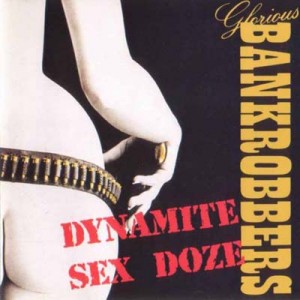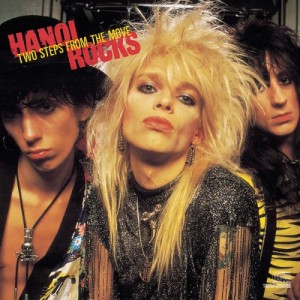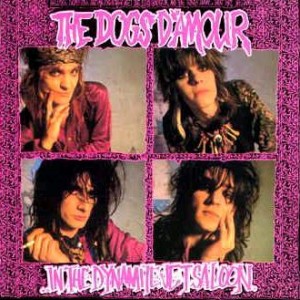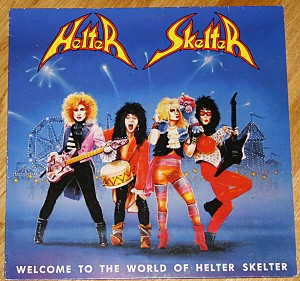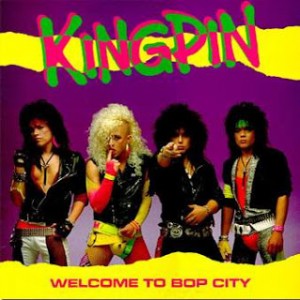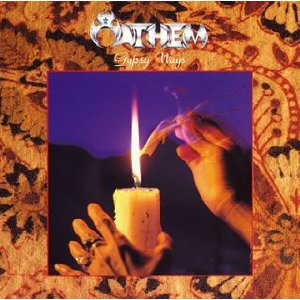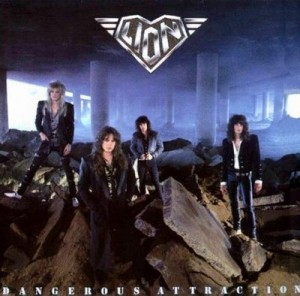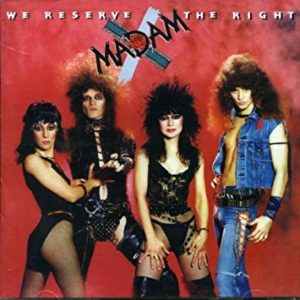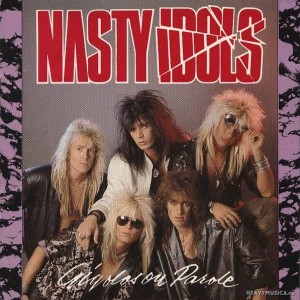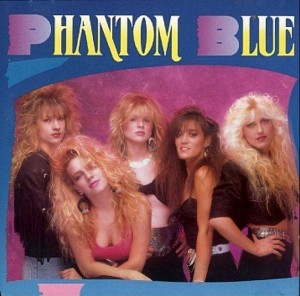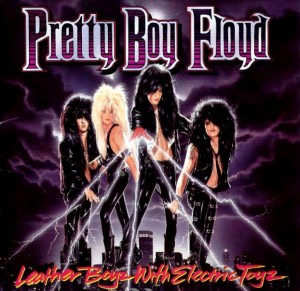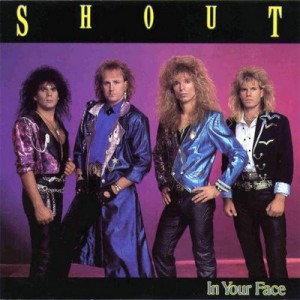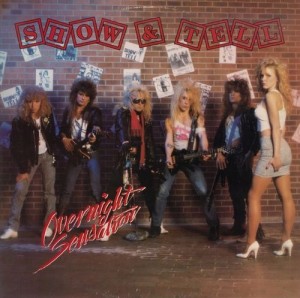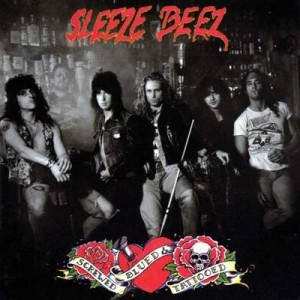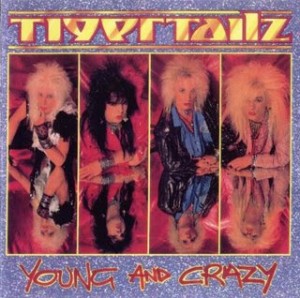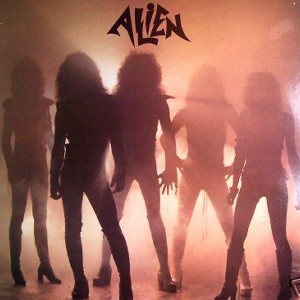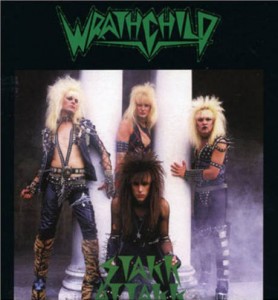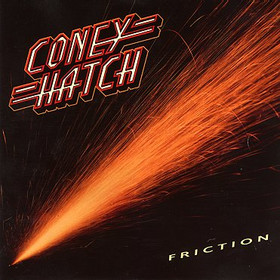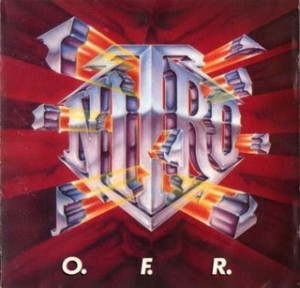The prejudice against transgender people in the UK has, after years of furious lobbying, reached the level of a moral panic, and thanks to the pressure of the lobbyists (and perhaps even more, the money behind them) transphobia is now essentially written into British law. It feels like bad form to quote oneself, but four years ago I wrote “The unstated aim [of a moral panic] is the reiteration of a prevailing – often obsolete – orthodoxy … And coincidentally or not, whatever the panic happens to be about, it’s usually the same orthodoxy that is being reinforced and promoted.” That’s true here. The stated aim of the pressure groups – and now, the legislation – is to protect women, ostensibly from male violence, but not only does the law not do that, it actually reinforces the status quo, where crimes against women are often overlooked and always inadequately policed. It’s a policy that doesn’t try to benefit anybody, not even those who have rabidly pursued it – but, indirectly it benefits the very group it purports to punish; male abusers of women.

At its heart there’s a fundamental irony embedded into the moral panic about trans people. The heart of the issue is that there are people who simply don’t want trans people – primarily but not only, trans women – to exist at all. But in trying to wish trans people out of existence, what the transphobes are really doing is insisting on their presence, heightening it (and simultaneously making trans people a way of defining their own identities too) and of course punishing them for their continued existence. The idea of trans people just being, and being accepted as the people they are, obviously isn’t any kind of threat to society; but then, choosing an invisible ‘enemy within’ has always been the agenda of paranoid reactionaries and is such a familiar trope that there’s really no need to list the atrocities these kinds of policies have led to throughout history. Under normal circumstances, the trans women and trans men vilified by activists and politicians are just women and men; the woman who works in your office, the man at the supermarket checkout, a teacher, a librarian, a lifeguard. But when looked at through the eyes of the paranoid bigot, their very unobtrusiveness becomes sinister; someone ‘posing as’ a lifeguard or ‘infiltrating’ a school to pursue their malevolent agenda.
The worst thing about a law that denies the identity of a group of people is, naturally, the impact it has on those people, but it also does nothing to address the problems it’s disingenuously put forward to solve. Male violence against women, wherever it happens, is a serious problem in British society. And yet at every stage – from early displays of ‘light-hearted’ misogyny and harassment among children and teenagers to actual physical assault – society and the law tend not to take it seriously enough, with the result that crimes are under-reported and under-prosecuted and punishments are often laughably mild. At the same time though, harassment and assault et cetera already are criminal offenses, and they don’t become any more criminal, or any better policed, by persecuting a minority group. In fact, the opposite is true, since the focus on trans women as potential aggressors not only takes the focus away from the people who are overwhelmingly, the perpetrators of violence against women – cisgender men – it’s essentially misogynistic and threatens the very safety of the women it pretends to protect.
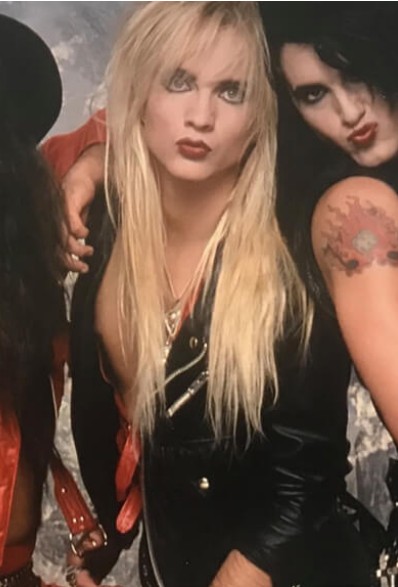
It’s perhaps important to point out that the Supreme Court’s ruling states that the legal definition of a woman is based on biological sex at birth, so that only those born female are recognized as women under the Equality Act – it’s simplistic (human biology isn’t) and it doesn’t mention bathrooms at all. But the toilet is central to the ideology of ‘gender critical’ activists. Policing who uses which bathroom is a bizarre preoccupation of the anti-trans lobby, but it’s indicative of the generally perverse and in one sense unserious nature of their obsession with trans people. That being so, public toilets have ended up being a key part of any debate around trans rights in Britain. How ‘correct’ toilet usage is enforced throws up the immediate problem of who polices it and what the criteria are for using a gender-specific toilet. It’s not enough to say, as the Supreme Court ruling implies, that women’s bathrooms are for those who are biologically female from birth, because in many cases there’s no obvious way, short of an invasive genital inspection, of working that out – and there shouldn’t be. In any kind of free and democratic society, the way someone dresses, or the hairstyle and aesthetic they adopt – in short, their identity – is nobody else’s business unless they explicitly make it so, and setting up some kind of ‘toilet police’ can only increase the harassment of women, both trans and cis. The kind of concern I express there often leads to accusations of hysteria, but this week, the prominent anti-trans campaigner Maya Forstater explicitly said this: “Not being allowed into the mens by rule does not mean you have the right to go into the ladies. That may seem unfair, but these are life choices people make. If you make extreme efforts to look like a man, don’t be surprised if you are denied entrance to the ladies.” It’s hard to know where to start with this venomous nonsense. But for a start, what does “extreme efforts to look like a man” entail? What is ‘looking like a man’ anyway? Which man? These people come across like Mary Whitehouse wringing her hands over Boy George’s appearance on Top of the Pops 40 years ago.
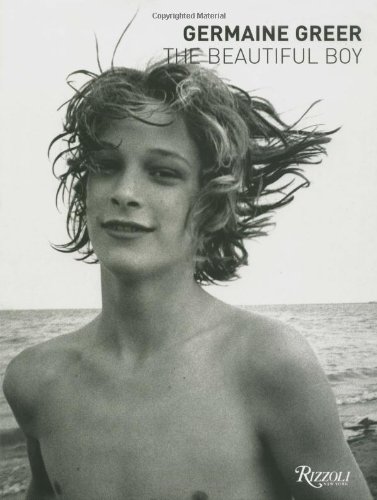
For some women, regardless of their gender at birth or their sexual orientation, just having a short haircut or choosing to wear trousers is enough for some people to accuse them of looking like men, regardless of what their intentions were when choosing a haircut or getting dressed that morning. The idea of ‘not being ‘allowed’ into one or other toilet surely also entails some kind of enforcement. There are so few manned public toilets in the UK that presumably, the current bathroom attendants won’t expected to take on the duty of somehow determining who is an acceptable ‘customer’, but someone will have to, if it’s not just empty rhetoric – which it may well be. But it also creates a genuine possibility of toilet vigilantism, which sounds hilarious, until you really think about it. And what qualifies someone to be a toilet police officer or bathroom blade runner? Is there a test they need to pass? Will there be gender-determining questionnaires or apps, or inspections?

Presumably there were, until now, no laws dictating who can use which bathroom and yet, men (including trans men) tend to use the mens and women (including trans women) tend to use the womens, without any resulting fuss. Somebody who lurks in any bathroom with the intention of assaulting someone is already breaking, or planning to break the law and nothing about this legislation seems likely to deter the few people determined enough to do such a thing. What seems far more likely is that people innocently needing to use public toilets – and it’s not something most people do except in the direst need – will face some kind of additional unpleasantness, especially if their physique and appearance isn’t one that fits the standard, traditional gender norm.
TERF (trans-exclusionary radical feminist) is a useful shorthand term for people like Forstater and JK Rowling, but it also gives them a validity that they don’t deserve, because difficult to see any kind of feminism, either radical or orthodox, in a policy that requires women to conform to a specific kind of approved appearance to be accepted in female-only spaces. I would like to be able to substitute the term ‘right-wingers’ for TERFs, but in fact this whole issue reinforces my growing feeling that the ‘left’ and ‘right’ binary is no longer useful when looking at political and cultural issues. I am definitely left-wing, but then so, one would hope, is the Communist Party of Britain, which publicly supports the Supreme Court’s ruling. I shouldn’t be surprised though, because the mistake I – and many people, it seems – make is assuming that communism is left-wing. If I really examine what I mean by ‘left-wing’ I find that the correct word would be the much abused and misunderstood one, ‘liberal.’ And, as no less than V.I. Lenin went to great pains to explain in 1920’s charmingly-titled pamphlet “Left-Wing” Communism: An Infantile Disorder, there’s nothing inherently liberal or democratic about communism. It’s easy to forget that, because left vs. right feels so logical, but history proves the point – if left-wing means what people think it means, and communism is left-wing, then the Hitler-Stalin Pact would have been completely unthinkable. Whereas, looking at Nazi Germany and Stalin’s USSR it seems not only logical but inevitable.
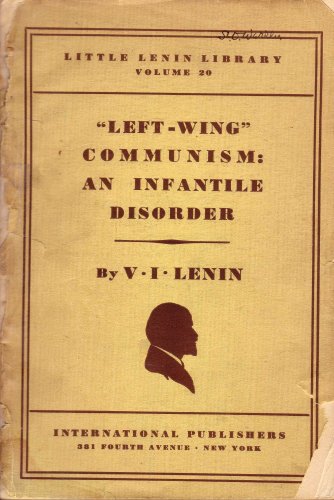
Hitler and Stalin’s ideologies diverged in many, quite fundamental ways, but at heart, both were really about power – who has it, and who is subject to it and can be coerced by it. And as citizens of the kind of society that wants to police who uses its toilets, we might want to consider that.
But even though an attack on the trans community is an attack on the freedom and individuality of us all, and even with all of the serious issues and implications from the corruptibility of British politicians to the possible dystopian outcomes for our society, the most important point by far is to remember that this is happening now, and that the target is a small community that includes some of the UK’s most vulnerable people. It’s evil and it’s indefensible, but it’s not irreversible – so those who object should make their voices heard.

